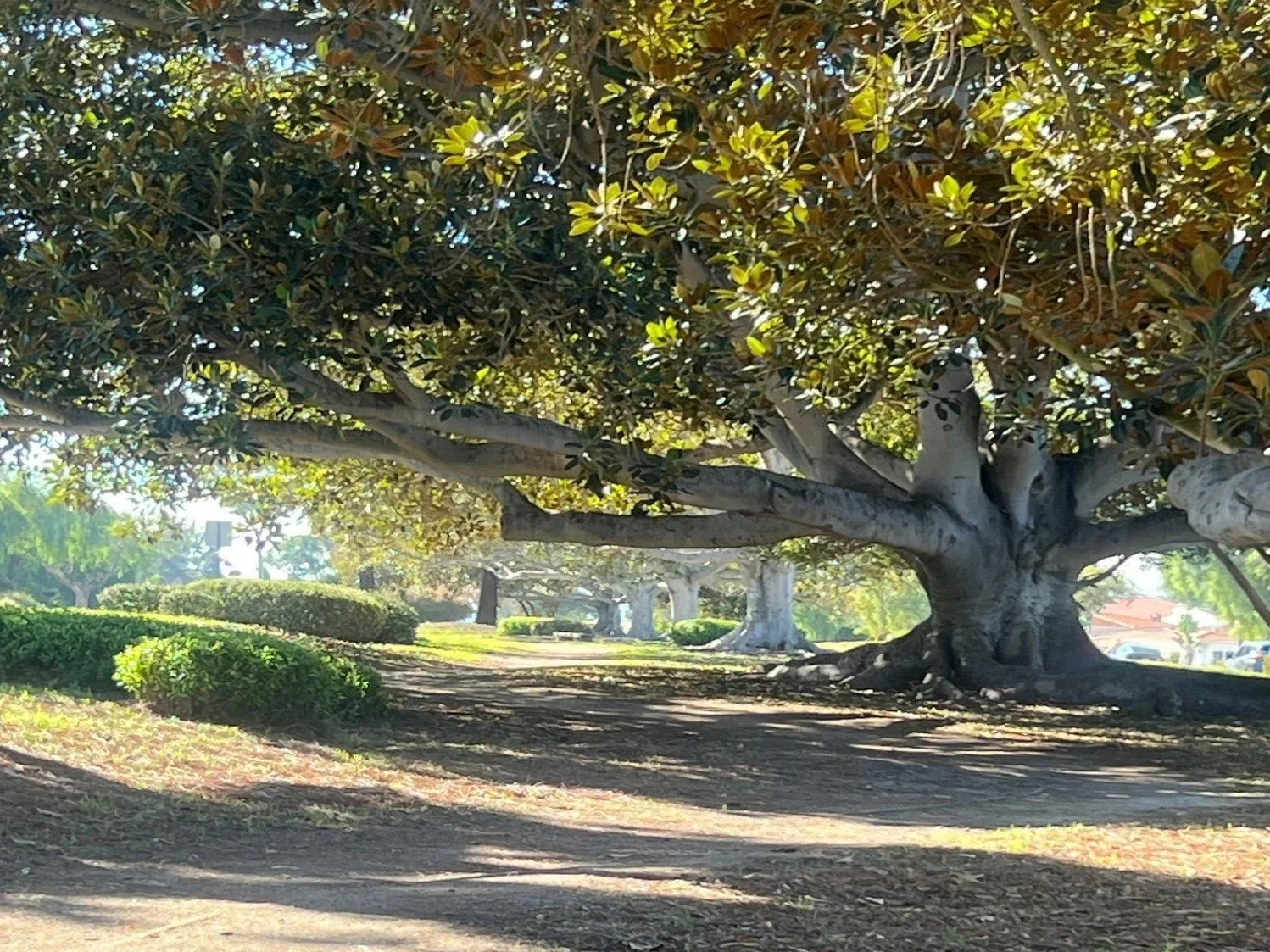It’s Not Your Daddy’s Bank By William Lama, Ph.D.
It’s Not Your Daddy’s Bank
By William Lama, Ph.D.
It’s a Wonderful Life, the 1946 movie, Wikipedia
“It’s a wonderful life” is one of our favorite movies. George Bailey’s Building and Loan company provides low interest financing for the people of Bedford Falls in Upstate NY. When Uncle Billy misplaces the company funds, bankruptcy looms. George is despondent and thinks about killing himself. But a guardian angel, Clarence, is sent down to Earth to stop him. Clarence shows George how his family, friends and town would have turned out if he had never been born. George is born again.
The Building and Loan business has changed a lot since 1946. In the “Savings and Loan Crisis” in the 1980s - due to unsound real estate lending and a tsunami of inflation - the number of federally insured S&Ls declined by 50%. Savings and loan association - Wikipedia
Soon after Uncle Billy’s fiasco a new form of lending was introduced. The Diners Club credit card debuted in 1950 when a diner forgot his wallet and couldn’t pay for a business dinner. The diner had an idea, a small (cardboard) card which members could use as a charge card and pay their bills monthly. American Express launched the first plastic credit card in 1959. At first credit card companies charged a fee for the transaction. But as plastic popularity exploded, many consumers used the cards like monopoly money and paid the minimums due each month, greatly benefitting the card companies that could charge interest on the unpaid balance.
Note that credit card transactions do not employ traditional money, be it paper or gold. Another change is that these transactions rely on trust. The consumer and the vendor trust that the card company will pay the bill. When consumers worried that hackers could access their credit card accounts, PayPal was founded as a payment processor for online vendors and other commercial users.
By now money has changed from a hard asset such as gold; to paper certificates (fiat money) backed up by gold held by the government (the Gold Standard); to valueless paper backed up by government guarantees (Bye-bye Gold standard); to software code backed up by promises.
The new-fangled money has a funny name, “cryptocurrency.” The most famous crypto is Bitcoin.
Bitcoin Cryptocurrency, Open Access Government
The software technology underlying Bitcoin and the other cryptocurrencies is called Blockchain.
“Bitcoin this, Blockchain that. All we hear about lately is how cryptocurrencies and the blockchain are going to transform the world.” What is Bitcoin Cryptocurrency? (openaccessgovernment.org)
But what is a blockchain and how does it work? No matter how it works, Bitcoin cryptocurrency has been a HOT commodity.
Bitcoin price history 10/1/13 to 1/4/21, Financial Express
Today Bitcoins (BTC) are trading for about $60,000.
You can even buy pizza with Bitcoins. In 2010 an email to Pizza Hut was the first purchase using Bitcoins: “I'll pay you 10,000 Bitcoins for a couple of pizzas. I just want some pizzas. I like onions, peppers, sausage, mushrooms.” Laszlo. Today if you want to spend say $42 on pizza, you’d only pay 0.0007 BTC or 70,000 Satoshi’s.
Still, some experts think it is a terrible investment. 10 Reasons Bitcoin Is a Terrible Investment | The Motley Fool
In the next article, or two, I will explain cryptocurrency and it’s enabling technology in simple English, no code. To end this piece here are some basic definitions you can mull over while waiting for the next issue.
Cryptocurrencies are digital currencies such as Bitcoin that use Blockchain technology to record and secure every transaction.
Blockchain is a decentralized, distributed ledger that securely records the provenance of a digital asset, independently of a central bank. The data on a blockchain cannot be modified by a hacker, which makes it ideal for industries like payments, contracts, cybersecurity and healthcare.
There are many new definitions: Coin, Altcoin, Coinbase, Token, Nonce, Block, Mining, Node, Hash, Fork, Satoshi, and so on. Vocabulary - Bitcoin
And the slang is fun too: HODL, Whale, Mooning…
What HODL, whale and other cryptocurrency slang terms mean (cnbc.com)
But you better beware the CryptoKitties.
Dr. William Lama has a PhD in physics from the University of Rochester. Taught physics in college and worked at Xerox as a principle scientist and engineering manager. Upon retiring, joined the PVIC docents; served on the board of the RPV Council of Home Owners Associations; served as a PV Library trustee for eight years; served on the PV school district Measure M oversight committee; was president of the Malaga Cove Homeowner's Association. Writes about science, technology and politics, mostly for his friends.
email: wlama2605@gmail.com
Related Articles









